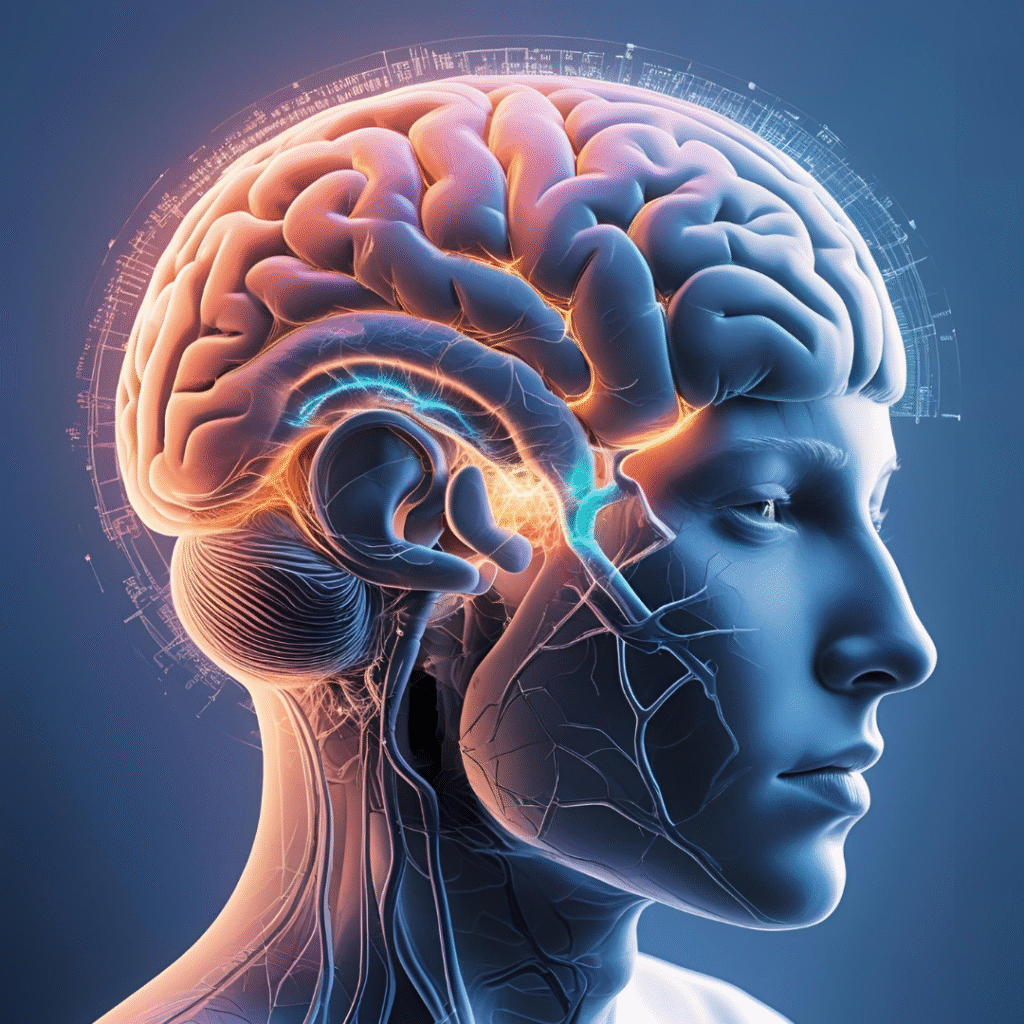Quick Overview: What Is a Critical Period?
A critical period is a specific window during brain development when neural circuits are particularly receptive to environmental stimuli. Experiences during this time shape the architecture and function of the brain in ways that are difficult—or sometimes impossible—to modify later in life.
This concept explains why certain abilities, like language or vision, develop most robustly if the brain receives proper input at the right developmental stage.
Why Critical Periods Matter in Brain Development
Critical periods are essential because:
- Optimal Brain Wiring: Sensory input sculpts synapses, ensuring brain circuits develop efficiently.
- Irreversible Outcomes: Missed stimulation during these periods can result in permanent deficits.
- Neuroplasticity Limitations: Plasticity decreases with age, making later interventions less effective.
- Health and Education Policy: Understanding critical periods informs public health measures, early education strategies, and intervention programs.
How Critical Periods Work: Neuroscientific Foundations
Critical periods arise because:
- Synaptic Density Peaks: During early development, neurons form vast numbers of synapses, which are then refined through experience.
- Neurochemical Regulation: Molecules like GABA and neurotrophins (e.g., BDNF) regulate the opening and closing of these periods.
- Gene-Environment Interactions: Genes set the timeline, but environmental input determines which connections survive.
Brain plasticity remains possible after critical periods, but changes are less efficient and often require intensive training or therapy.
Examples of Critical Periods in Humans
Vision and Visual Cortex Development
One of the most studied critical periods involves vision:
- Infants born with cataracts who don’t receive timely surgery may suffer permanent visual deficits even after removal.
- Studies by David Hubel and Torsten Wiesel showed that depriving kittens of visual input during critical periods permanently altered their visual cortex architecture.
Language Acquisition
Children are linguistic sponges in early childhood:
- Infants can discriminate sounds from all languages until ~10-12 months, after which unused phonetic distinctions fade.
- Research shows children exposed to language deprivation past puberty often struggle with grammar and pronunciation despite vocabulary learning.
- Bilingual exposure in early life leads to more efficient language networks.
Emotional and Social Development
Early emotional bonds profoundly shape social development:
- Studies of institutionalized children (e.g., Romanian orphanages) reveal lasting emotional and cognitive deficits if stable caregiving is absent during early years.
- Early trauma may heighten sensitivity in brain circuits related to fear, stress, and emotional regulation.
Recent Research and Emerging Debates
Modern neuroscience is revealing nuanced perspectives:
- Sensitive vs. Critical Periods: Many researchers now distinguish between “critical” periods (strict windows) and “sensitive” periods (optimal, but not exclusive windows for change).
- Reopening Plasticity: Techniques like pharmacological interventions, transcranial magnetic stimulation (TMS), and behavioral therapies may “reopen” plasticity in adults.
- Individual Differences: Genetics, prenatal factors, and environmental variation influence the timing and duration of critical periods.
- Artificial Intelligence and Learning Models: AI research is borrowing concepts from critical periods to build better adaptive learning systems.
Understanding these dynamics offers hope for targeted therapies and lifelong learning improvements.













